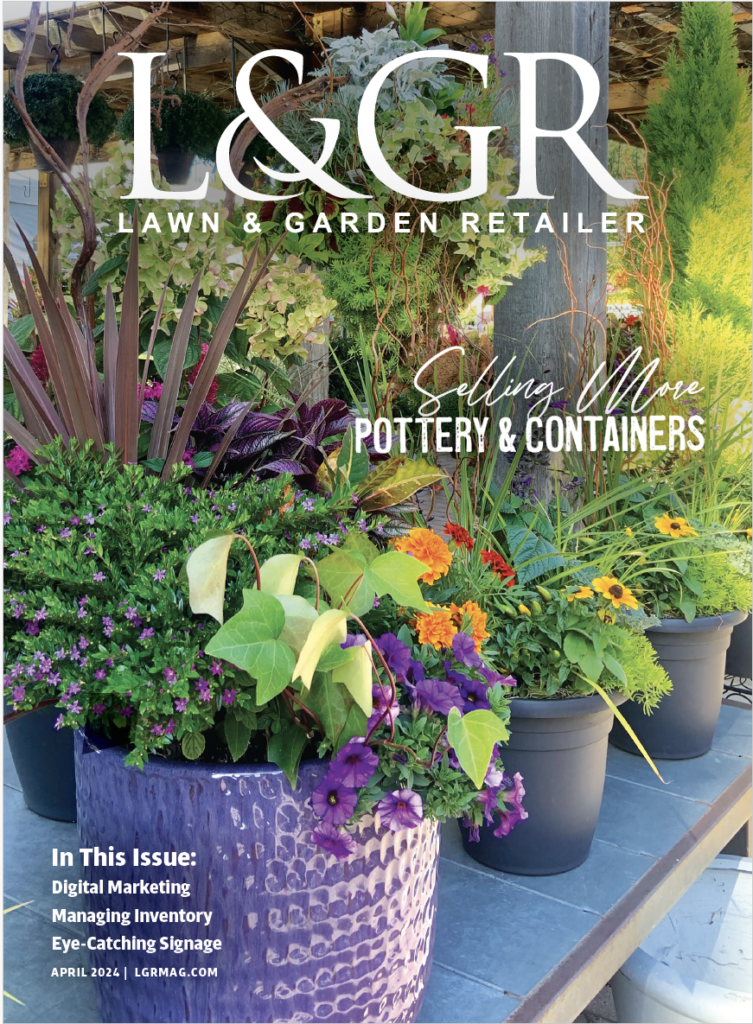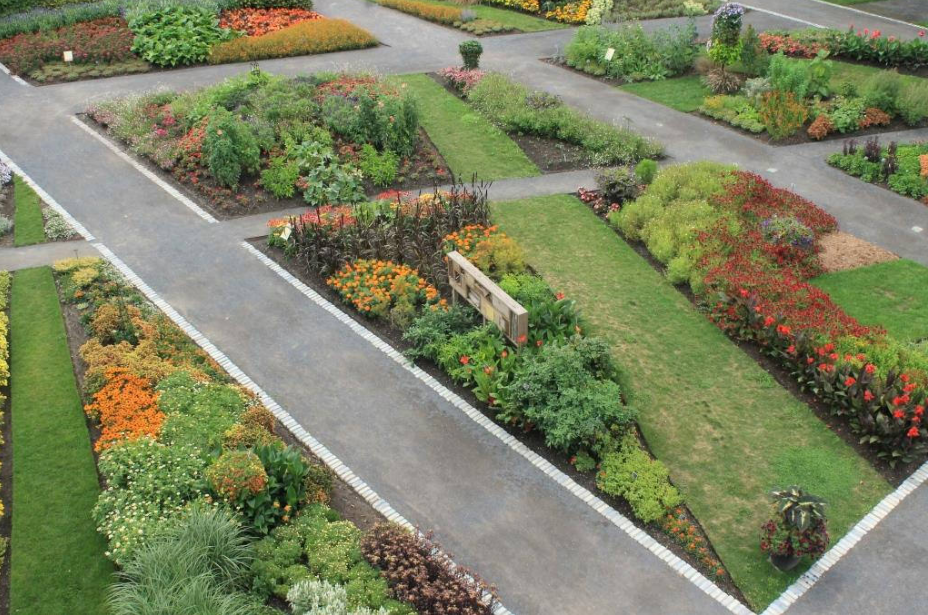
AAS Landscape Design Winners Announced
The All-America Selections (AAS) Landscape Design Contest for Display Gardens is a landscape design contest using AAS Winners announced in the last five years with the option to incorporate more than 80 years worth of past AAS Winners.
Each display garden is responsible for creating and executing a design incorporating the yearly theme then generate publicity surrounding the contest. All-America Selections is pleased that such a broad range of garden types have participated in the contest for 2016: large and small public gardens, seed companies, community gardens, master gardener programs and university gardens. All-America Selections sends kudos to all the participating gardens and their creative efforts to produce an attractive display of AAS Winners.
The 2016 contest theme was “Pollinator Education” and gardens were divided into three categories based on the number of visitors per year:
The winning gardens are:
Category I: fewer than 10,000 visitors per year
- First Place Winner: Master Gardeners Association of Tippecanoe Country (MGATC), Lafayette, Indiana. Building on the Pollinator Education theme, MGATC created a tagline for this year’s garden of ‘Pathways for Pollinators’ which took advantage of established garden structures like star-shaped raised beds and the pathways through those beds. A map of the garden and signage throughout clearly explained each garden area and its purpose for pollinator health. Volunteers strategically planted AAS Winners and native plants along the pathways which allowed them to educate garden visitors on the importance of native plants and annuals for a successful vegetable garden.
- Second Place *TIE* Winner: Jennings Park Master Gardener Display Garden, Marysville, Washington. Jennings Park did a wonderful job of planting various AAS Winners in specific areas, each serving a purpose for different types of pollinators. For example, salvia for the bees and Echinacea for butterflies accompanied by educational signage and educational explanations by Master Gardeners.
- Second Place *TIE* Winner: Kenosha County Center Display and Demonstration Garden, Bristol, Wisconsin. Kenosha County used a plant layout that followed guidelines for attracting different types of pollinators, such as massing color for butterflies, planting tubular flowers for hummingbirds, and planting nectar rich plants as food sources. Creative visuals attracted visitors to the garden where they were given guides to hunt for and find various species of bees.
- Second Place *TIE* Winner: University of Wisconsin Spooner Ag Research Station, Teaching and Display Garden, Spooner, Wisconsin. This year, Spooner Ag Research Station registered their garden as an official Monarch Waystation as part of the Pollinator Education theme. The AAS Display Garden was planted in concentric circles around an outdoor classroom that was used to teach garden visitors about pollinators. Signage and garden structures added additional features to the pollinator-friendly habitat.
- Third Place Winner: William Dam Seeds, Dundas, Ontario, Canada. With an impressive number of AAS Winners, William Dam Seeds used annuals and perennials to create a colorful berm to attract pollinators. Signage near AAS Vegetable/Edible Winners explained why pollinators are vital for fruit production in those plants. Garden tours and speaking engagements furthered the message to visitors, customers and other interested gardeners.
- Honorable Mention, “Best Use of a YouTube Video”: Backyard Farmer Garden, Lincoln, Nebraska.
- Honorable Mention, “Best Theme Execution”: Breckenridge Endowment Farm and Display Garden, Twin Falls, Idaho.
- Honorable Mention, “Best Combinations of Edibles and Ornamentals”: Garden of the Sun, Fresno, California.
- Honorable Mention, “Best Community Involvement”: Parker F. Scripture Botanical Gardens, Oriskany, New York.
- Honorable Mention, “Best Brochure for Pollinator Education”: St. Louis Community College-Meramec Horticulture Department, St. Louis, Missouri.
Category II: 10,001 – 100,000 visitors per year
- First Place Winner: Noelridge Park Gardens, Cedar Rapids, Iowa. By collaborating with other local gardens in a Monarch Research Project, Noelridge Park incorporated AAS Winners and native plants in specialized beds, creating a true ‘Pollinator Paradise.’ Two butterfly rearing tents were added to provide an onsite educational component for children and adults to safely observe the stages of development for Monarchs and Swallowtails. Educational tours were provided for children and adults throughout the summer. A drone video added to the fun explanation of this first-rate garden.
- Second Place Winner: Town of Oakville – Shell Park, Oakville, Ontario, Canada. Shell Park designed a Pollinator Education themed garden and made it come to life with birds, bees, and butterflies. The All-America Selections Winners were added to established beds that included pollinator-friendly plants such as Leucanthemum, Heptanthemum, Rudbeckia, and Buddelia. By using all recycled materials, the park was able to add an insect/nesting home which became home to many different insects and a place for bee larvae to hatch.
- Third Place Winner: Hidden Lake Gardens – MSU, Tipton, Michigan. In Hidden Lake Garden’s Gazebo/Demonstration Garden, the planting beds highlight annual, perennial, and woody plants arranged in attractive combinations. This year it was the hub of the pollinator-themed Children’s Garden Day activities which included scavenger hunts, mural paintings, and storybook walks, each of which promoted and celebrated pollinators. Ornamental container plantings featuring vegetatively propagated AAS Winners were incorporated into garden beds near the gazebo.
- Honorable Mention, “Best Garden Focal Points”: Country Heritage Park, Milton, Ontario, Canada.
- Honorable Mention “Best Small Space Designs”: Le Jardin des Graminées, Jardin Daniel A. Seguin, Saint-Hyacinthe, Quebec, Canada.
- Honorable Mention, “Best Use of Color in Design”: McCrory Gardens, Brookings, South Dakota.
- Honorable Mention, “Creation of a Pollinator Target Garden”: Oglebay Park, Wheeling, Ohio.
Category III: Over 100,000 visitors per year
- First Place Winner: Norseco at the Botanical Garden of Montreal, Montreal, Quebec, Canada. Winning First Place for the second year in a row, Norseco designed their garden in the shape and colors of a bee and placed that garden in a high traffic area seen by a majority of garden visitors and concert attendees. The construction and installation of a bee/insect hotel inspired educational tours which clinched the award for this creative garden.
- Second Place Winner: Boerner Botanic Gardens, Hales Corners, Wisconsin. A “Butterfly Oasis” was the interpretation of this year’s theme using various AAS Winners as different parts of a butterfly’s body and wings for a stunning visual. Edible AAS Winners were used in a nearby “Veggie Pie” garden design then tours and lectures were used to explain the two and how edibles depend on pollinators and the role flowers play in the cycle of food production for humans and pollinators.
Each of these contest winners are profiled on the AAS website, under “Display Gardens.”
A complete collection of photos from all contest entrants can be found on the All-America Selections Flickr and Facebook accounts.


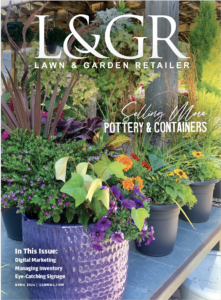
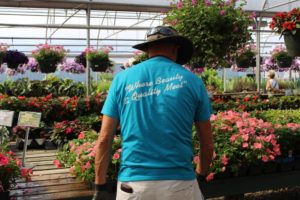
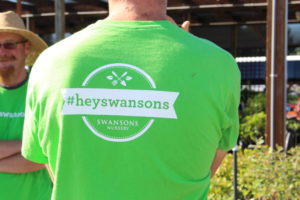
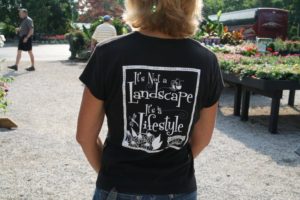
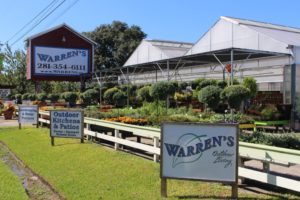
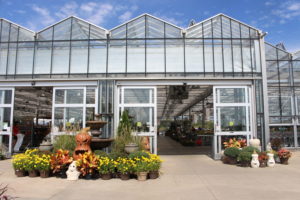
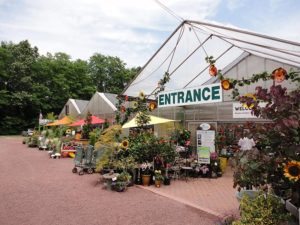
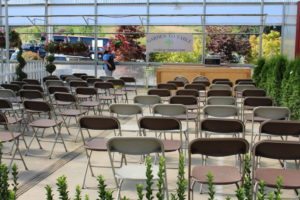

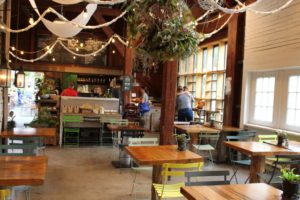
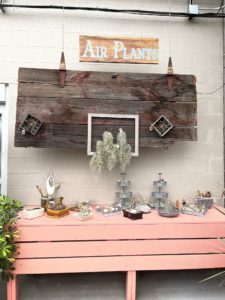
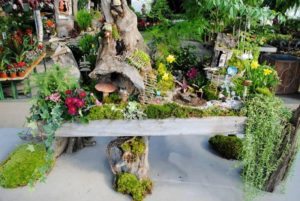
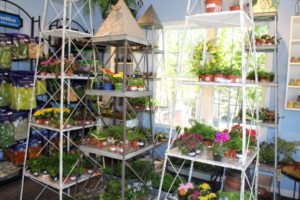
 Videos
Videos




